Application and Research of Microscope in the Identification of Cultural Relics
DOI: 10.23977/history.2025.070101 | Downloads: 11 | Views: 865
Author(s)
Dilireba Adili 1
Affiliation(s)
1 Xinjiang Uygur Autonomous Region Museum, Urumqi, Xinjiang Uygur Autonomous Region, 830000, China
Corresponding Author
Dilireba AdiliABSTRACT
As the core link to reveal the value of cultural relics, the microscope technology plays a vital role in the identification of cultural relics. The purpose of this paper is to discuss the application of microscope technology in the field of cultural relics identification, its unique advantages and the current development situation, and put forward corresponding suggestions. Microscope technology is mainly used to observe the microstructure of cultural relics to help identify their authenticity and determine their age. Its significant advantages are its high magnification and resolution, ease of operation, and its use in combination with other analytical techniques, which can significantly improve the accuracy of identification. Looking forward to the future, microscope technology is expected to play a more important role in the field of cultural relics identification, providing solid technical support for the protection and research of cultural relics, and contributing more physical evidence to the inheritance and promotion of traditional Chinese culture.
KEYWORDS
Cultural relics; Appraise; Microscope; Application and researchCITE THIS PAPER
Dilireba Adili, Application and Research of Microscope in the Identification of Cultural Relics. Lecture Notes on History (2025) Vol. 7: 1-7. DOI: http://dx.doi.org/10.23977/history.2025.070101.
REFERENCES
[1] Yang Jianguo. A View of Cultural Thought from the perspective of historical philosophy [J]. Studies on Chinese Culture, 2024 (2): 5-8.
[2] Dai Yanxiu. Analysis of the management status and improvement methods of museum cultural relics [J]. File, 2017 (35): 7.
[3] Chen Yingbo, Gong Jingfang, Zhu Wenqiang. Research on intelligent design of Urban Red Culture Resources [J]. Packaging engineering, 2024, 45 (6): 455-460.
[4] Shandong Zhongbo Wenbao Cultural Industry Co., LTD. A three-dimensional digital protection device and system for cultural relics: CN202311121994.8 [P]. 2023-12-29.
[5] Song Qiannan. Research and implementation of the generation method of cultural relic line map based on the edge extraction of cell ant colony [D]. Shaanxi: Northwest University, 2018.
[6] Zhong Xiang, Chen Fulin, Shi Zhixin, et al. Application of automatic mineral analysis system in mineralogy of vanadium titanium magnetite process in a mining area in Panzhihua [J]. Metallurgical Analysis, 2022, 42 (7): 62-70.
[7] Zhang Yaxu, Wang Liqin, He Qiuju. Application of Raman spectroscopy in the Identification of Organicics in Cultural Relics [J]. Journal of light scattering, 2017, 29 (1): 8-15.
[8] Li Qian, Ma Chan, Wan Xizheng, et al. X-ray fluorescence spectrometer to identify ancient costume and cultural relics [J]. Analytical instrument, 2012 (1): 52-57.
[9] Wu Chen, Wang Liqin, Yang Lu, et al. Application of GC-MS analysis in the identification of cultural relics [J]. Analytical Chemistry, 2013, 41 (11): 1773-1779.
[10] Peng Chao. Research on Digital Innovative Design of Clothing in Aba Prefecture across Media Vision [D]. Zhejiang: China Academy of Art, 2023.
| Downloads: | 2254 |
|---|---|
| Visits: | 135483 |
Sponsors, Associates, and Links
-
Journal of Language Testing & Assessment
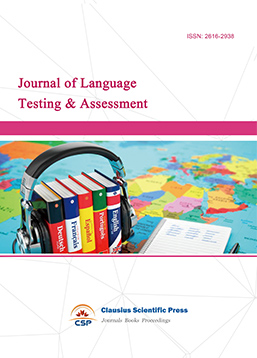
-
Information and Knowledge Management
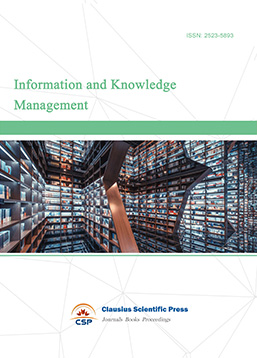
-
Military and Armament Science

-
Media and Communication Research
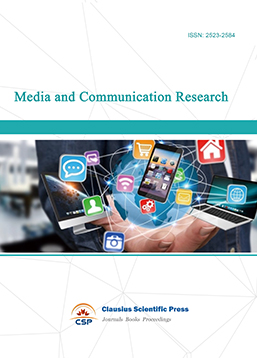
-
Journal of Human Movement Science
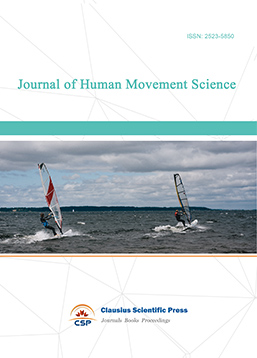
-
Art and Performance Letters
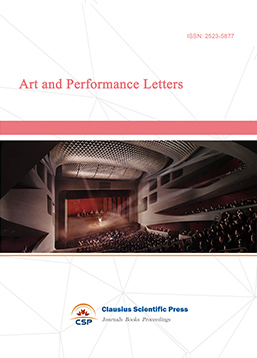
-
Lecture Notes on Language and Literature

-
Philosophy Journal
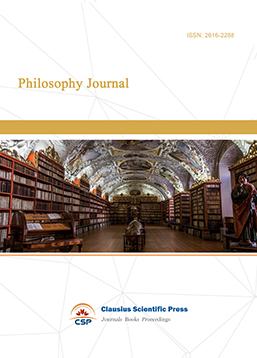
-
Science of Law Journal

-
Journal of Political Science Research

-
Journal of Sociology and Ethnology
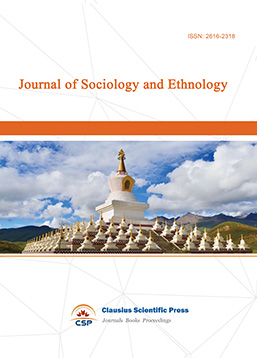
-
Advances in Broadcasting


 Download as PDF
Download as PDF